24-Aug-24 Beaufort Sea
Ullaakut (oo-lah-koot) – Good Morning (in the Inuit language)
Bit rough in the night with the swell. Body rolling about a bit to the extent I think I might be rolling out of bed.
The crew told us of a website you can follow our route on here: https://hrx.panomax.com/ra
A lot calmer waking up but only sailing at 8kts at 100m deep. Just off Point Barrow. The northernmost point of the USA. And where I came in June 2019 on my Antarctica to Alaska trip. It was flipping cold then and it’s flipping cold now. In June 2019 there was sea ice off the coast. Now it seems open water. Light flurries of snow as I have a quick bracing walk in jumper and jeans on deck after breakfast. For some fresh air.
Thought the first lecture of the day was on clouds. So surprised to see it’s on cetaceans. Which means ‘Sea Monster’. Relates to whales, dolphins and porpoises. Cetacea are split between 1) Mysticeti (moustached whale) as they have baleen plates in their mouths to sieve plankton from the water, like the Bow Head Whale; and 2) Ordontoceti which have teeth like dolphins, porpoises, Orca whales and narwhals.
The narwhal’s ‘tusk’ is actually a tooth. Studies believe that this tooth helps determine the salinity of the sea which means increasing sea ice which means the narwhal is in danger as it needs open water. A study demonstrated increased stress levels in a narwhal when the salinity was increased which meant that the narwhal knew sea ice was forming.
Mysticeti whales can lunge feed opening and expanding their mouths upto 80,000 litres of water at a time. The area we’re in now, just off Point Barrow, is known for Bow Head Whales (Mysticeti) and when I was in Barrow/Utqiagvik in June 2019 I tried some raw whale meat. It was yuk. So fatty.
Halfway during the lecture an announcement.
From the Captain.
We are now stationary. Waiting for a helicopter as we have a medical emergency. Airlift is required from ship to shore. All outside decks are closed. If you have a balcony suite. Get inside. Absolutely no flash photography. This is at 1000hrs.
Lecture finishes off and we all scoot up to Deck 10 observation lounge to wait for helicopter to come flying in and land above us on the helipad on deck 11.
And we wait.
Many men are on Flight Radar. Tracking air traffic. But no helicopters can be seen. I know this because I was one of those many men.
The lecture on clouds is postponed as the outside decks are closed.
Becomes clear the helicopter will take some time as decks 6 and 7 at the bow open.
Unnusakkut (oo-noo-sah-koot) – Good afternoon
It’s whilst having lunch a helicopter suddenly does a flypast.
Many men quickly scoff and scoot to deck 10. I being one.
Bit of excitement.
US Coast Guard hovers away from the ship for some minutes. Sussing the situation out. Where fools rush in.
Ship is wallowing in the water. Helicopter is agitating in the air.
They have to get this right.
Ships crew have released a boat just in case.
And then.
The first pass at landing.
Aborted.
Second pass winchman descends to deck.
A short time later. Helicopter has it’s casualty on board and flies off to Barrow/Utqiagvik.
It’s 3hrs since the announcement. Had to wait for an aircraft to fly to Barrow to then transport casualty back to, I assume, Anchorage.
Many passengers line the panoramic windows videoing and photographing proceedings.
Set sail again. Stop sometime later. To take a water sample. Some science on plankton.
Notwithstanding the 12hrs delayed start and 3hrs casevac we are ahead of schedule. Additional time had already been built in to contend with sea ice in this area. All being well, we should be on time at Herschel Island on Monday for Canadian immigration.
The decks re-open and some fresh air and exercise is called for. Steely grey sky and sea envelopes me. Flurries of snow swirl around me.
So was pleased to get back inside with a hot coffee and cookie.
Listening to a lecture by an Inuit on the Inuit.
Inuk = one Inuit person
Inuuk = two Inuit persons
Inuit = more than two Inuit persons
It’s OK to use Eskimo.
There are three indigenous groups: 1) First Nations (Indians); 2) Metis (French Canadian) from the Prairie Provinces of Alberta, Saskatchewan and Manitoba; and 3) Inuit.
There are approximately 70,000 Inuit in Canada. Living in the Inuvialut, Nunavut, Nunavik and Nunatsiavut communities. Nunavut being the largest. Like a Venn diagram, those living in Nunatsiavut and Nunavik can understand each other’s dialects and those in Nunavik and Nunavut can…but not Nunavik and Nunatsiavut.
27% of Inuit live in urban areas. Ottawa seemingly being a large congregation of Inuit.
Inuit land claim agreements and rights make up 36% of Canada’s land mass.
So.
70,000 people have a claim to just over a third of Canada.
Population of Canada is about 39 million. Less than 0.18% population have a claim to 36% of the land. Did you know that Miss Brandon of Manitoba?
Median age of Inuit is 25.2 years and is the fastest growing population.
Igloo to ipad in 70 years.
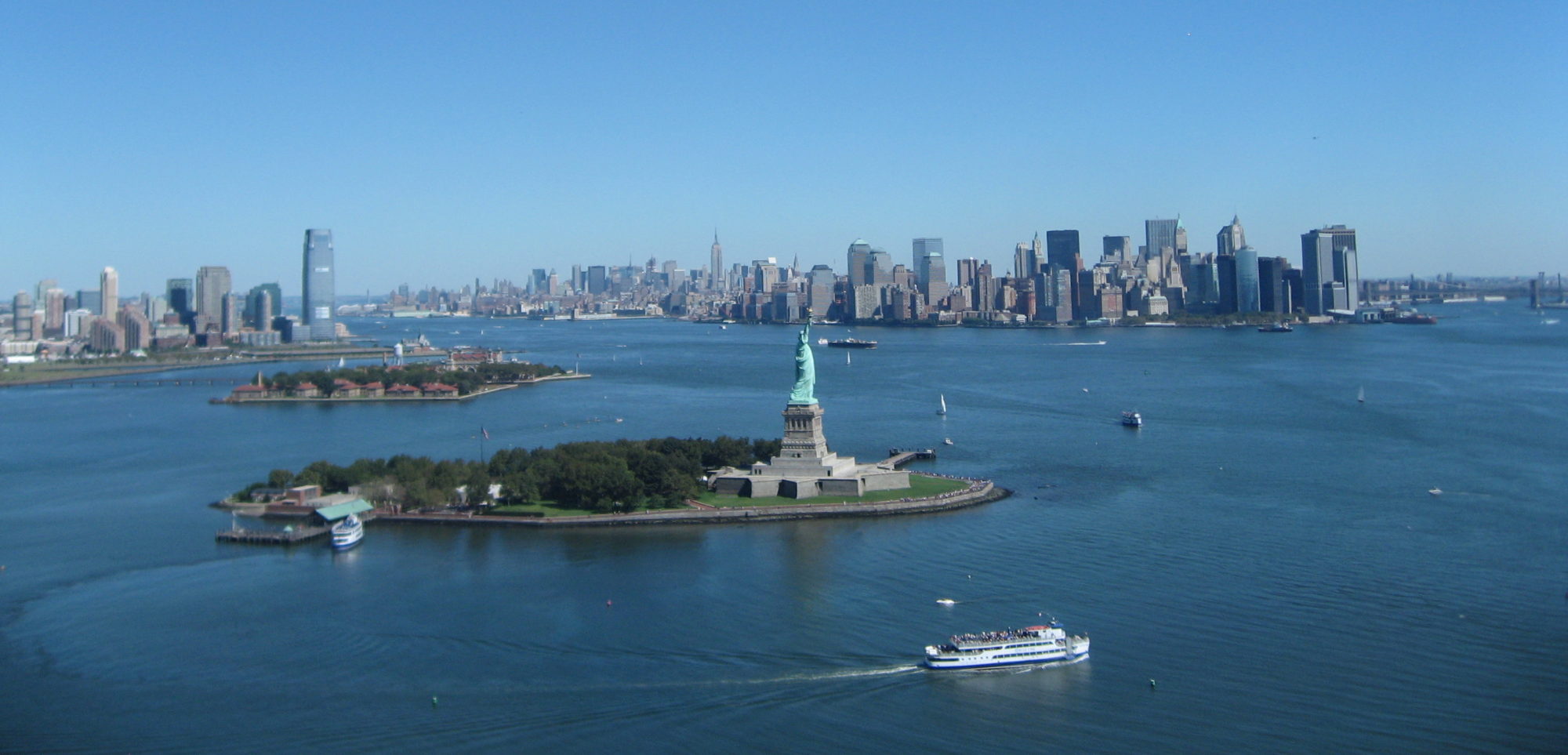
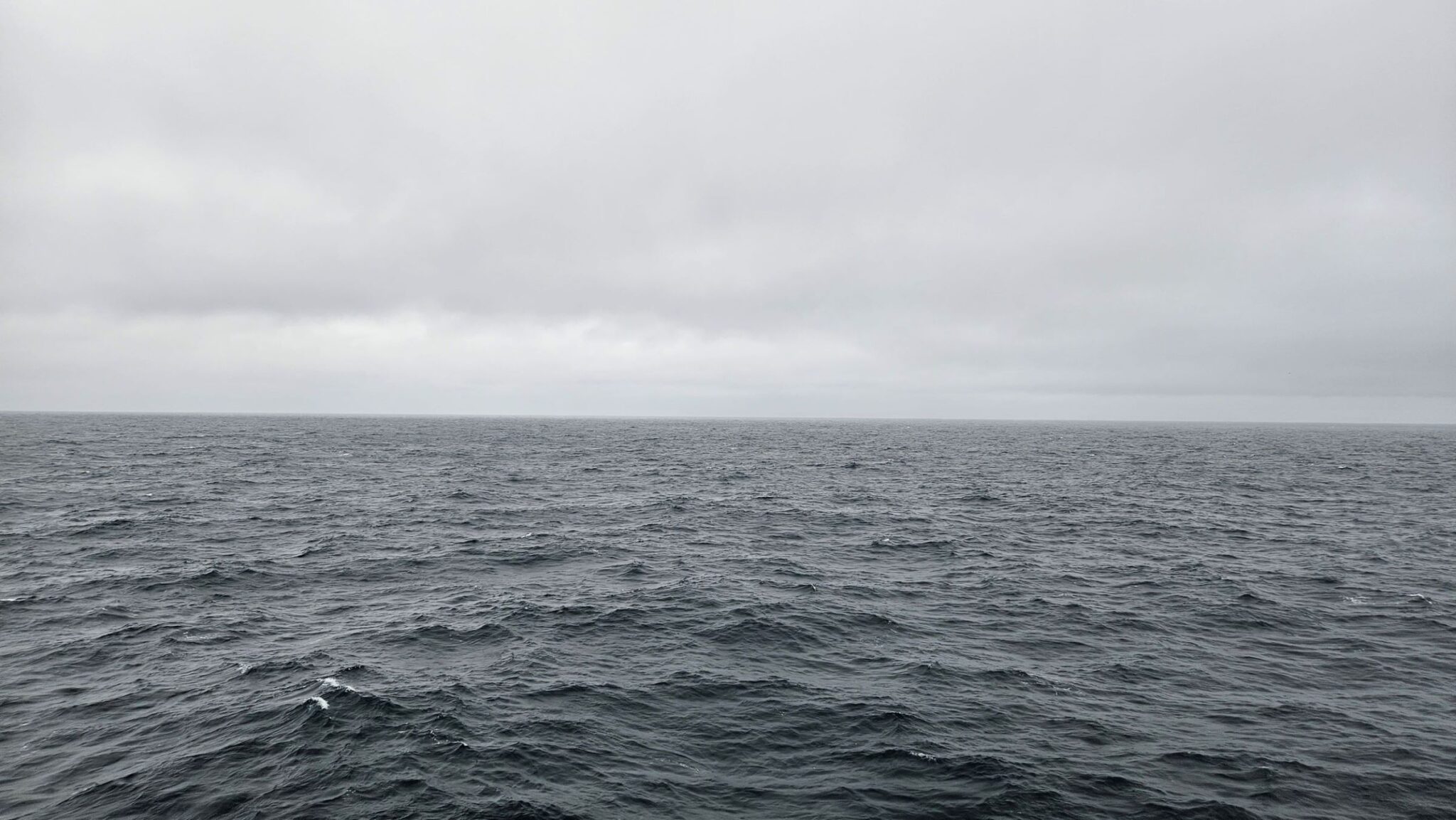
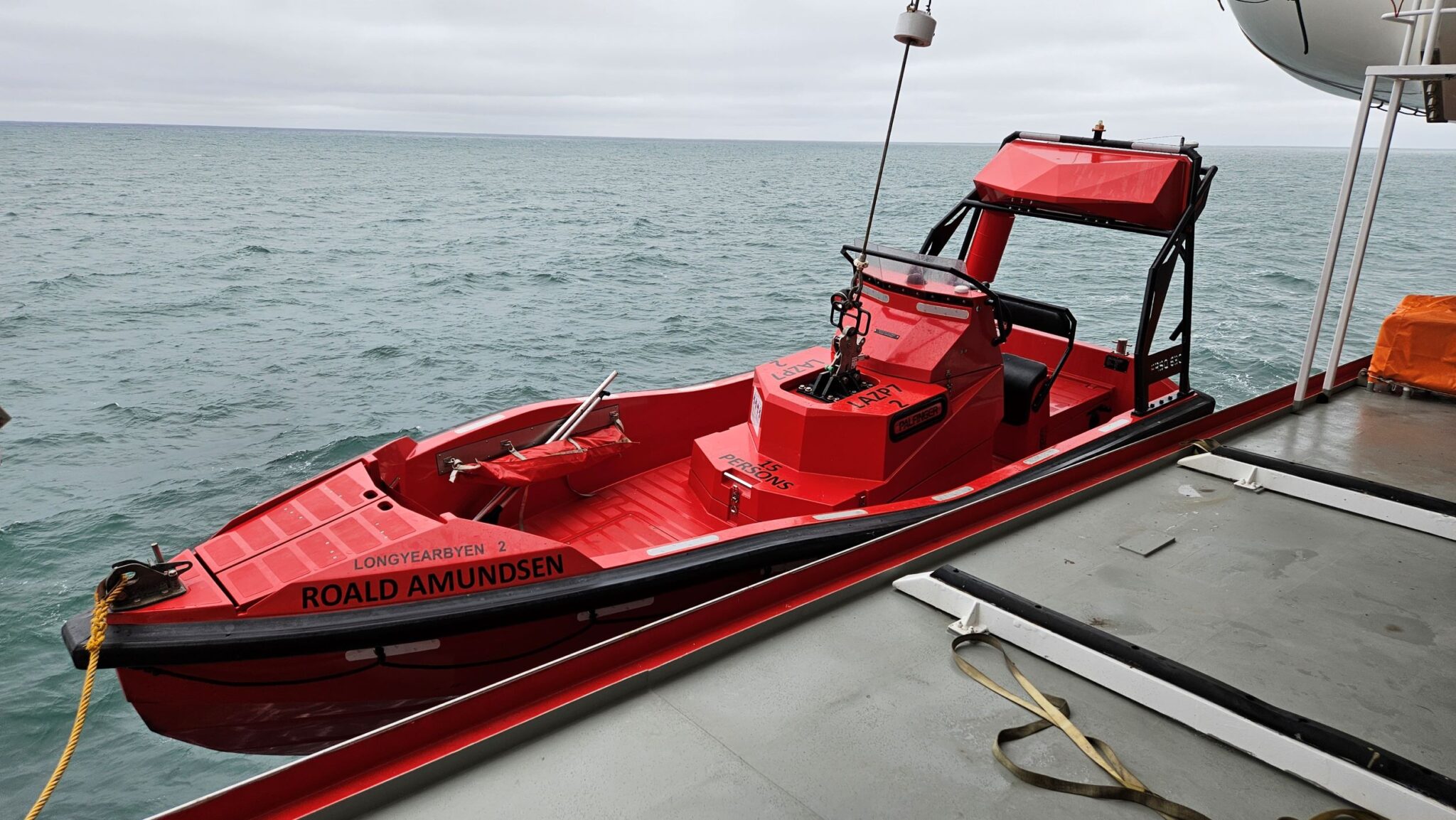
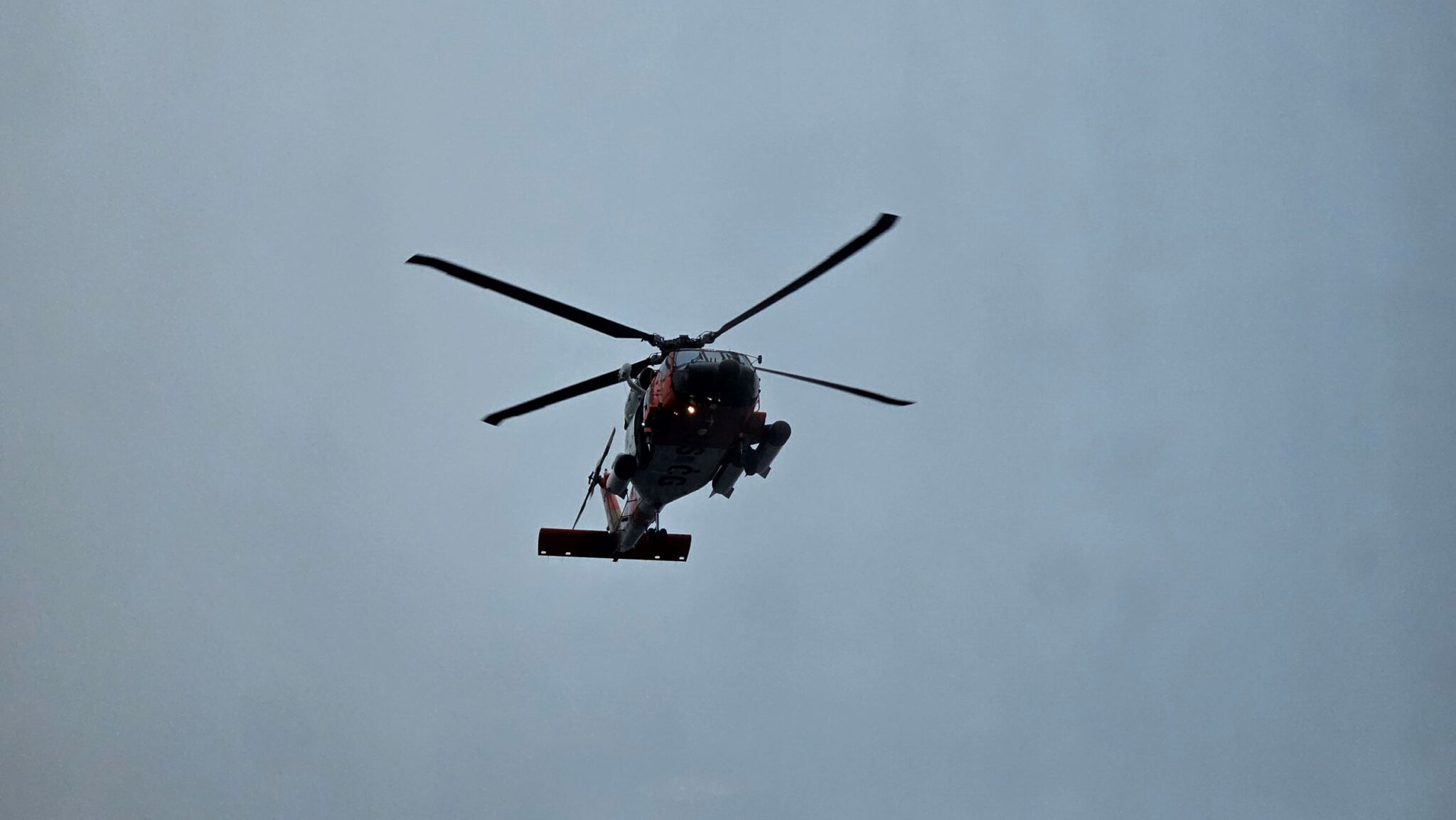
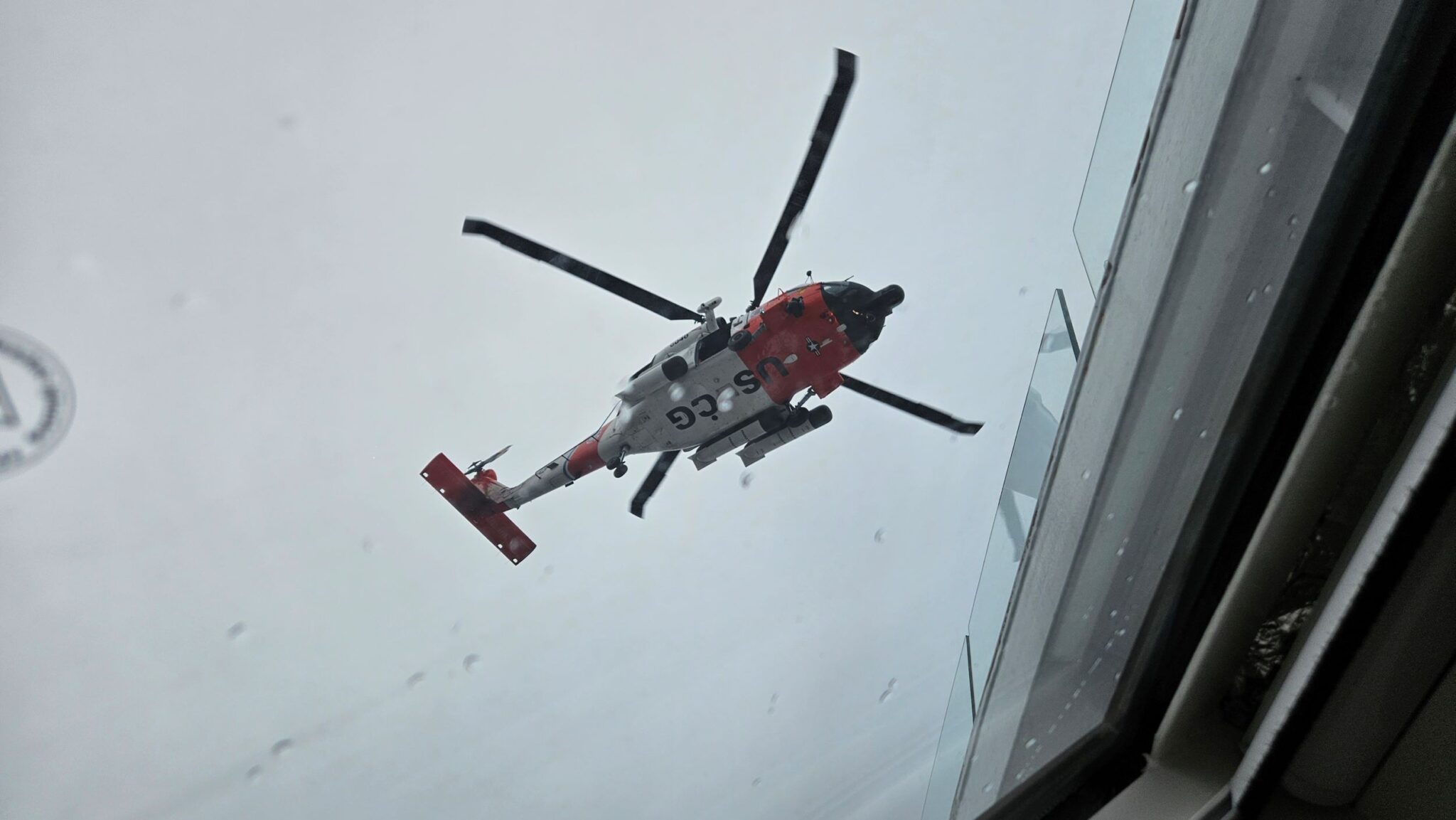
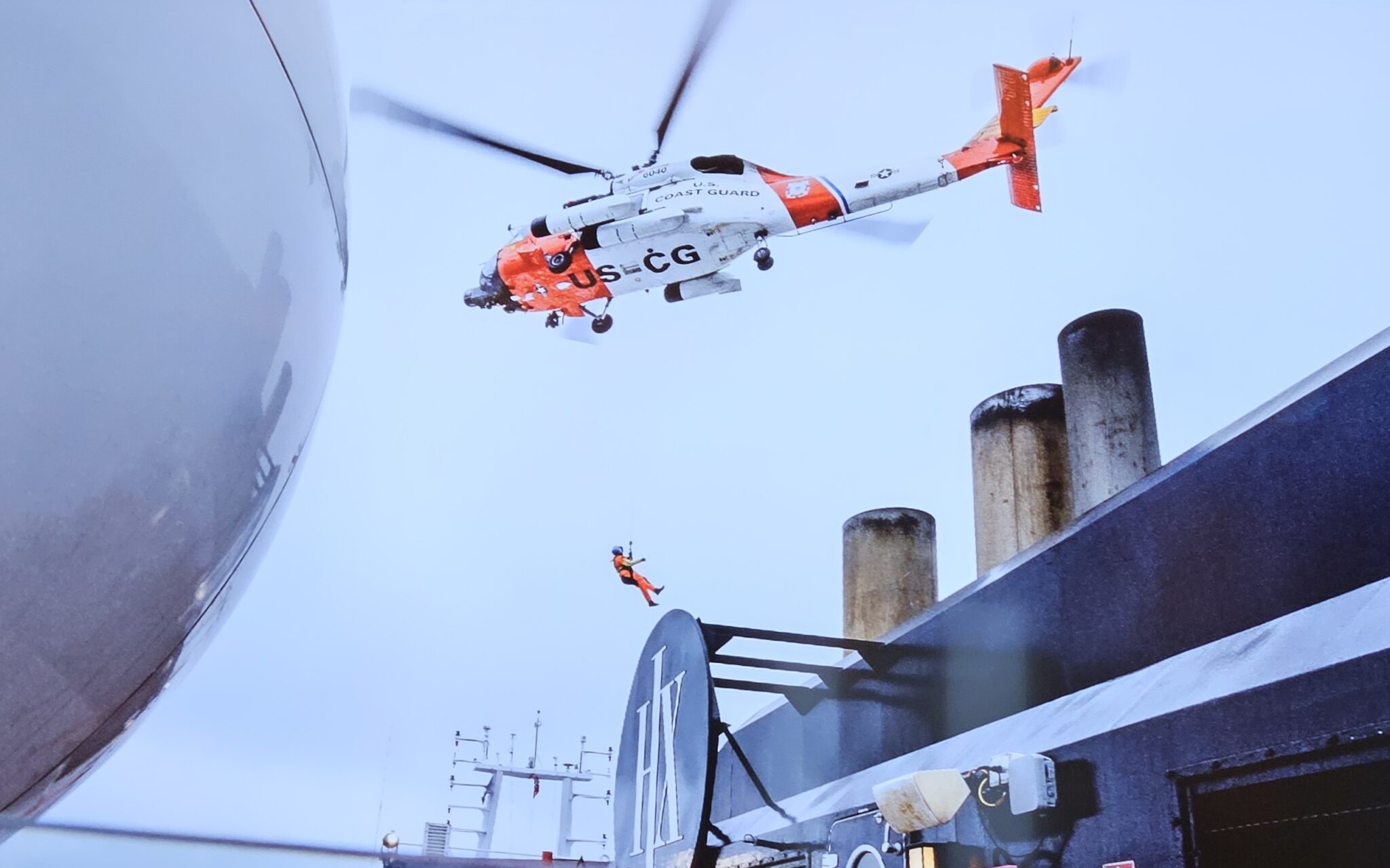
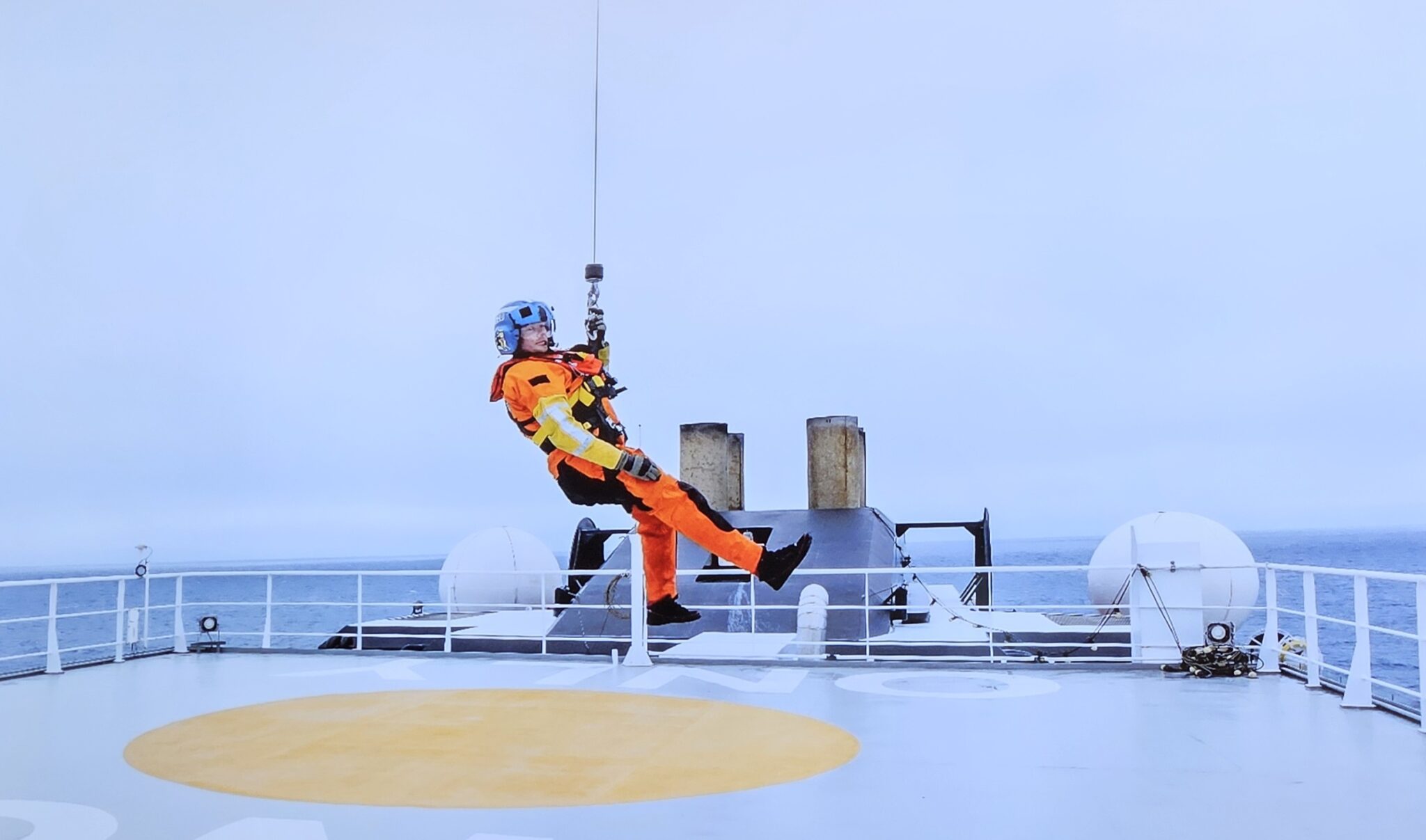

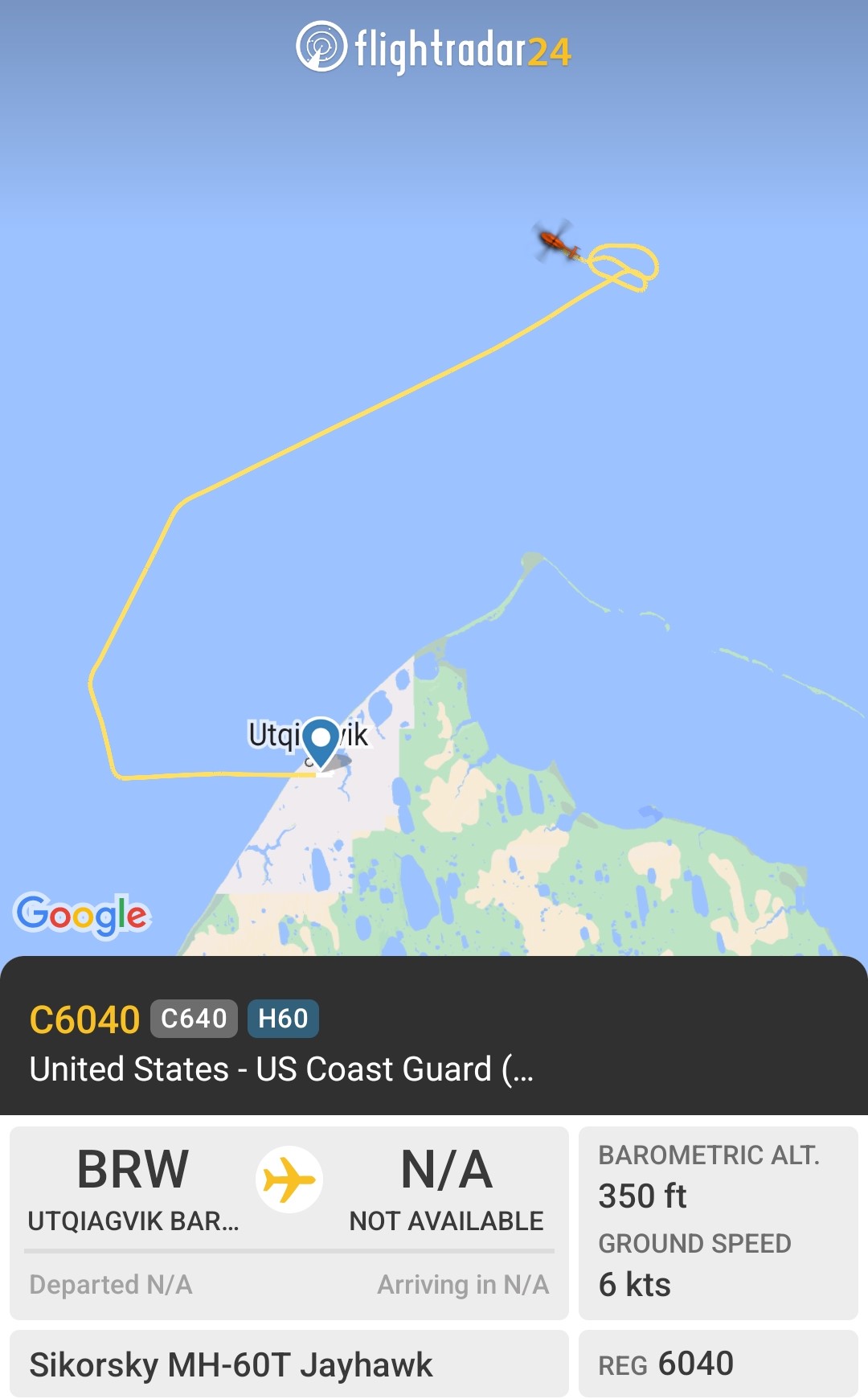
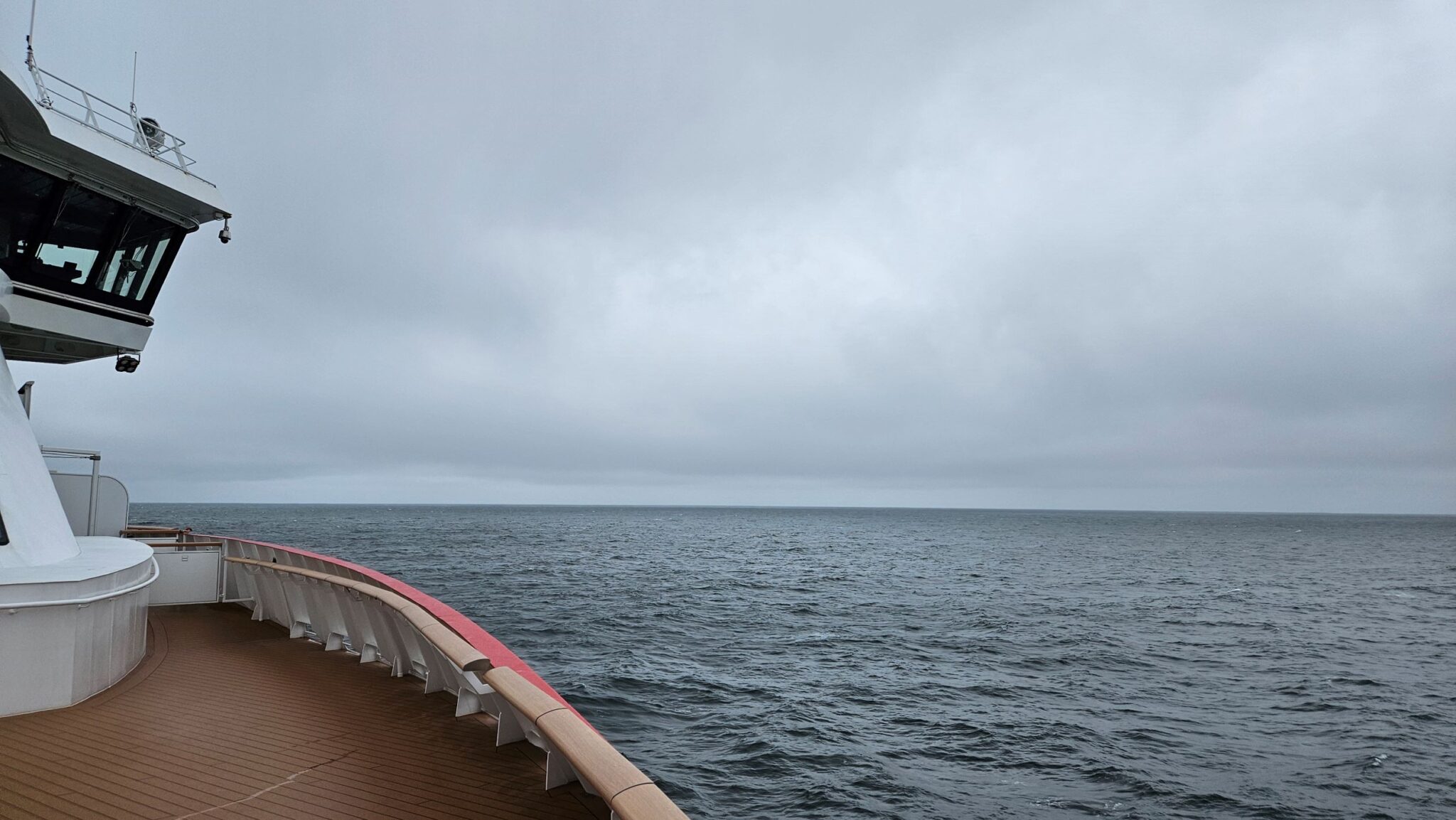
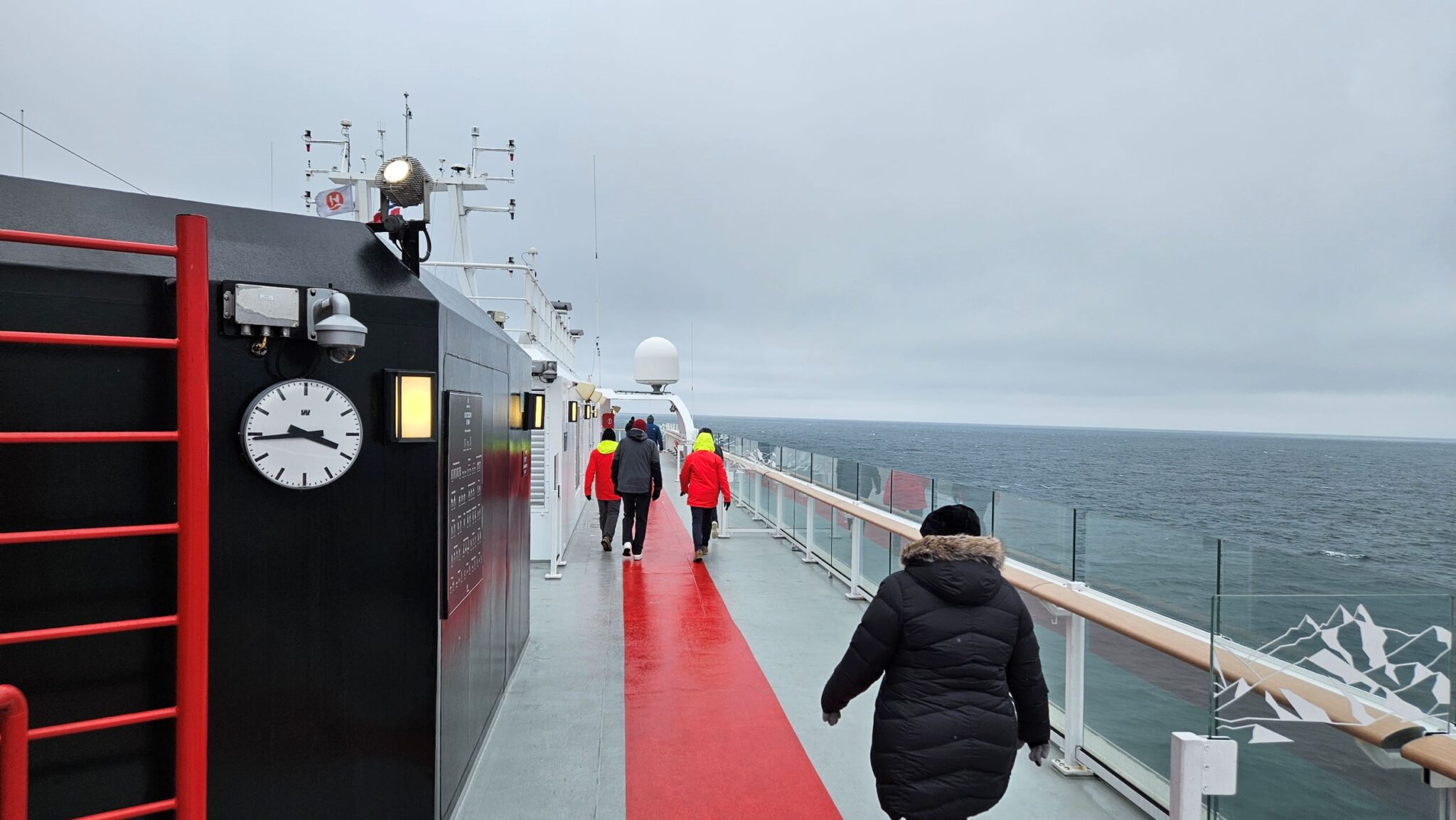
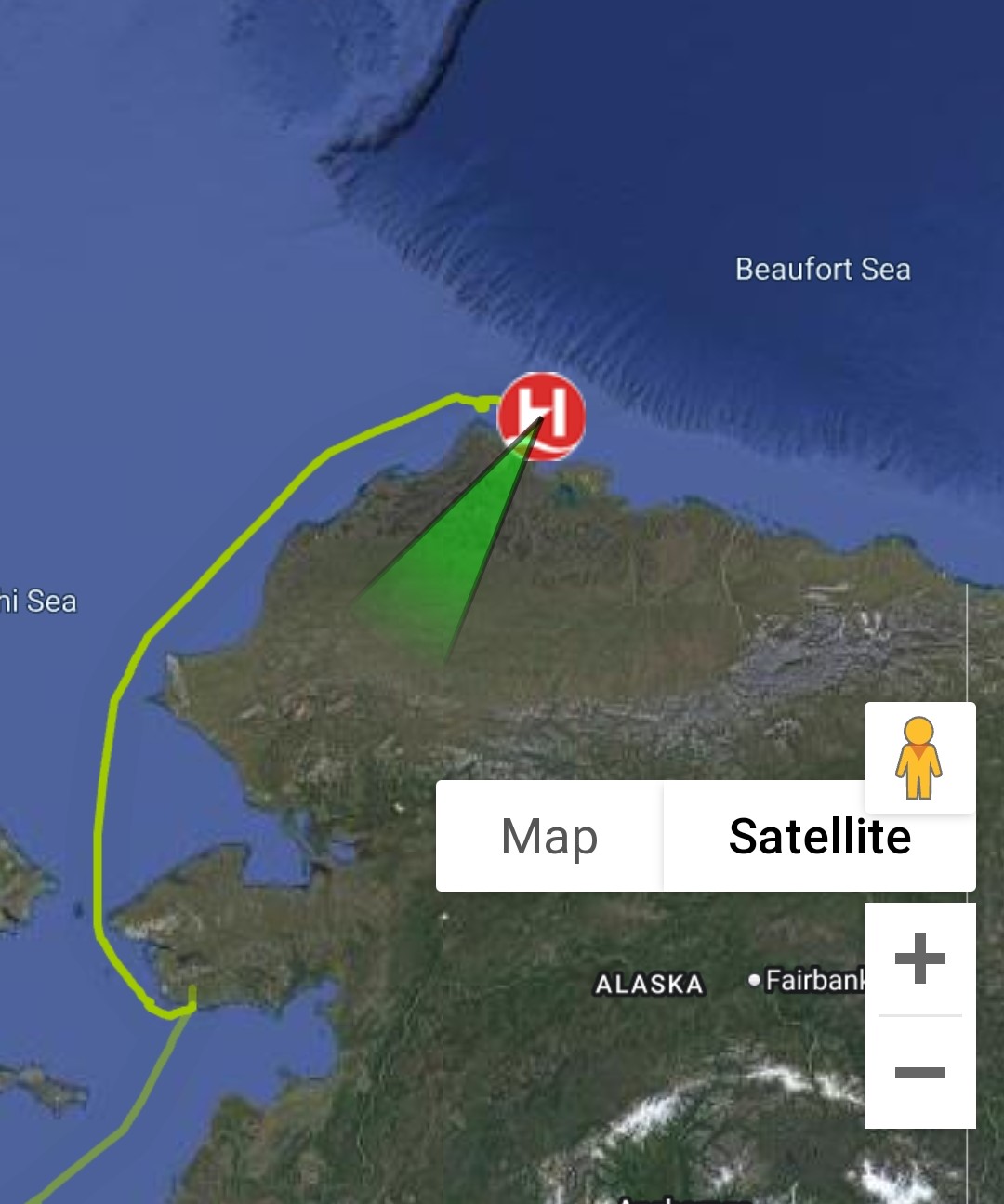
We have had a few medevacs but not a helicopter one !
Sounds great
Never a dull moment,I bet it was quite exciting watching the heli evacuation.
An exam then a PhD at the end? Change of career? Marine Biologist? Nottingham is a long way from the sea.
Humour! Adventure! Videos! Informational facts! Wow, this blog has it all!
And no, Miss Brandon of Manitoba did not know that “less than 0.18% population have a claim to 36% of the land”. Thank you for this factoid and the many other incredible things we’re learning as you travel.